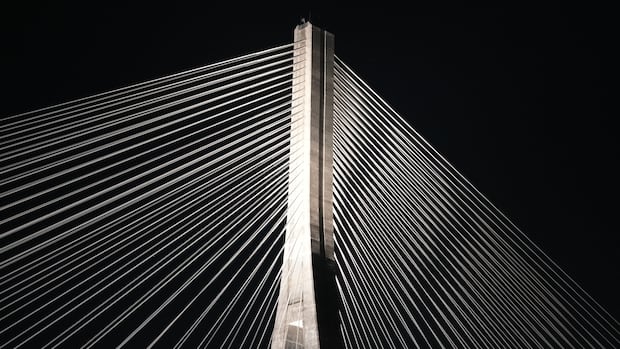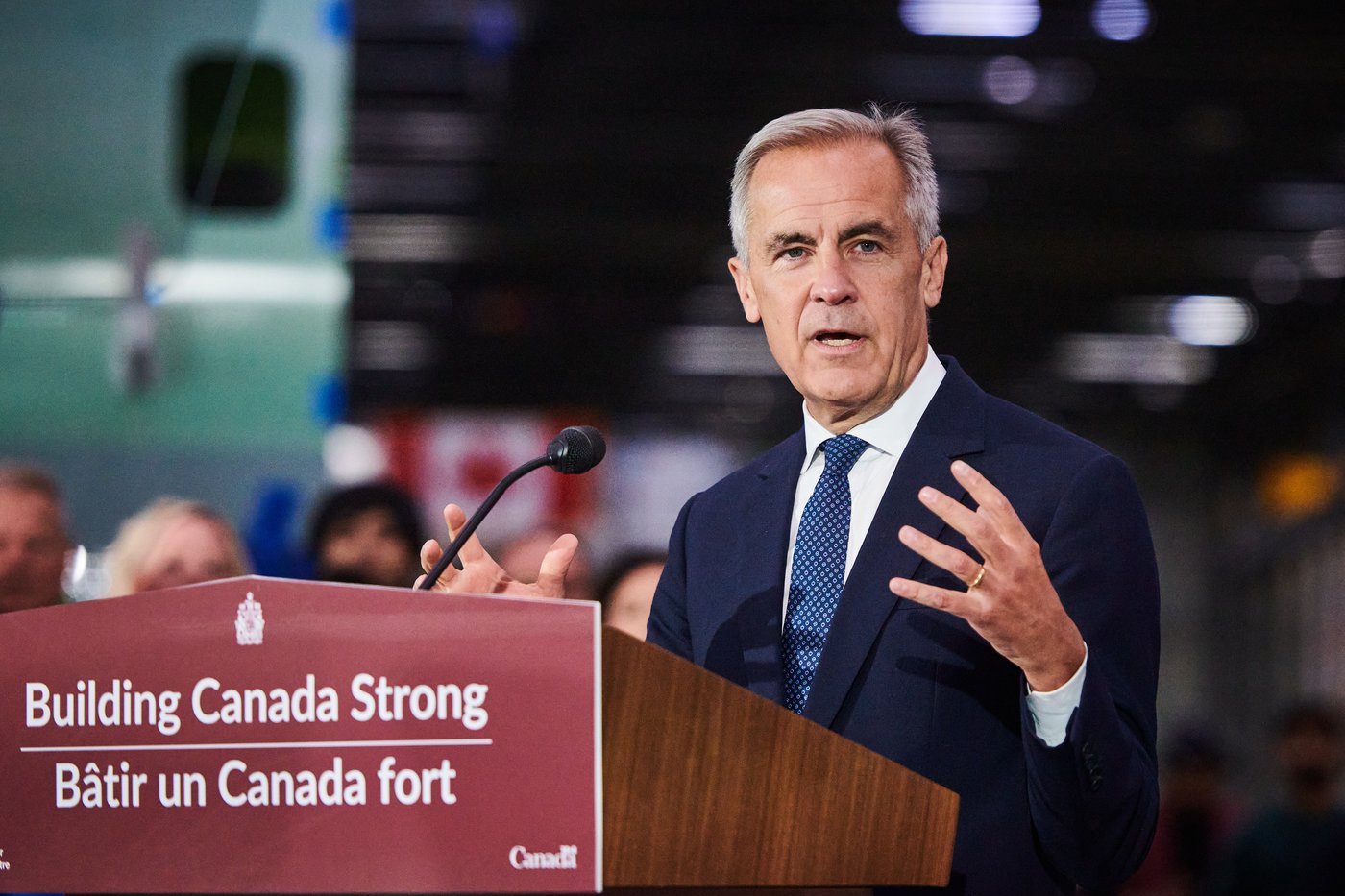A gift from the sun: Métis Nation of Alberta solar farm could power 1,200 homes
The Métis Nation of Alberta is setting the stage to become net zero with the launch of a solar farm north of Métis Crossing in Smoky Lake County.
It is one of a handful of solar projects on Indigenous lands in Alberta, including energy-harvesting developments at Lubicon Cree Nation, Fort McKay First Nation, Beaver Lake Cree Nation, and Louis Bull Tribe at Maskwacis.
The idea for the project started with the citizens of the nation.
“We went out to the citizens all around Alberta and asked them what they were concerned about and what they wanted us to do when it came to climate action and environmental action,” said Jennifer Pylypiw, environment and climate change engagement and policy manager with the MNA.
“Someone brought up the idea of a solar farm and that was kind of the spur that was the spark, and here we are now five years later.”
After deciding on the project, the MNA once again solicited the help of citizens to name the project.
They received more than 90 name recommendations, finally deciding on Salay Prayzaan, which in Michif means gift from the sun.
“We’re saying thank you for the sun and for the gifts allowing us to move forward in a good way,” said Pylypiw.
Alberta gifted with energy
The MNA examined several options for a renewable energy project, and landed on solar power because of the location of Métis Crossing, 120 kilometres by road northeast of Edmonton.
“Alberta actually [has] been gifted with energy … we have our traditional energy sources, but it’s also been gifted with renewable energy,” said Andres Filella, the MNA’s director of environment and climate change.
“It’s really, really windy, it’s really, really sunny and it’s cold. And, in particular for solar, when it’s really sunny and when it’s cold, it’s when you produce the best and the most power.”

But as Filella explained, the area near Métis Crossing is not as windy as it is sunny, making solar the best option.
Pylypiw says the project speaks to the Métis way of life.
“M étis people are so connected to the land, you know, to the skies, to the waters, we’ve had that connection for hundreds of years and it’s really in our blood,” said Pylypiw.
“I think it’s just a value that’s inherent to our way of life, it’s something that we can teach other people, it’s something that everyone could learn to have gratitude for the gifts that we get from Mother Earth.”
Power for 1,200 homes
The project will officially be up and running early next year, and will produce 4.86 megawatts of energy, enough to power about 1,200 homes.
“This actually is enough … equivalent power [to what] MNA operations draw, so we can say that we’re generating the same amount of power that we consume from the grid,” said Filella.
“When we look at the future, I think that the aim is to be net zero only not only internally and within MNA operations, but also within the whole nation — so that includes MNA citizens and their businesses.”
The immediate benefit to the nation is the amount of carbon dioxide the solar farm will prevent from making its way into the environment.
“Within its first year of operation, it’s going to offset about 4,700 tonnes of CO2 equivalent, and so you get that for one year and then every year over the next 25 to 30 years,” said Filella.
“We’re excited; it’s a significant amount of CO2 that we’re going to essentially take out of the of the atmosphere.”
Pylypiw says solar projects like Salay Prayzaan are the way of the future, and that the nation is thinking about generations to come.
“The sun comes every day — it’s a new day, it’s a new opportunity to do better and strengthen that relationship, [to] continue moving forward,” said Pylypiw.
“[The sun] is a constant reminder that you … always have it there for you, it’s something that has your back and you need to have its back.”
Earlier this year, the federal government announced more than $160 million in investment in Indigenous-led solar projects in Alberta.



